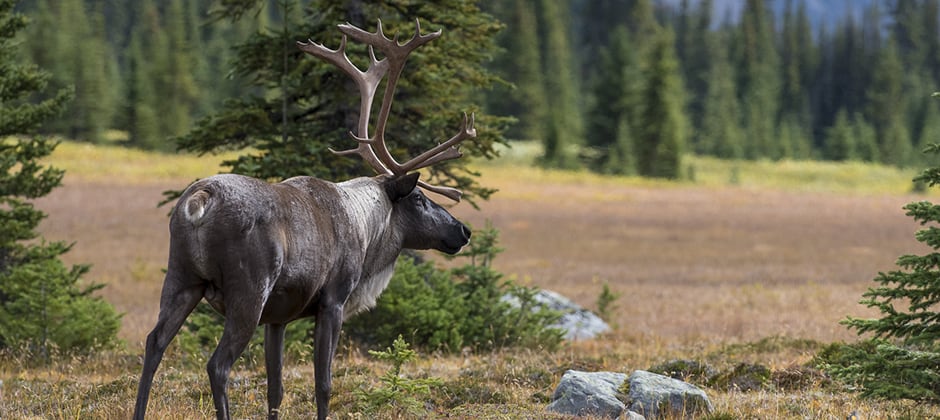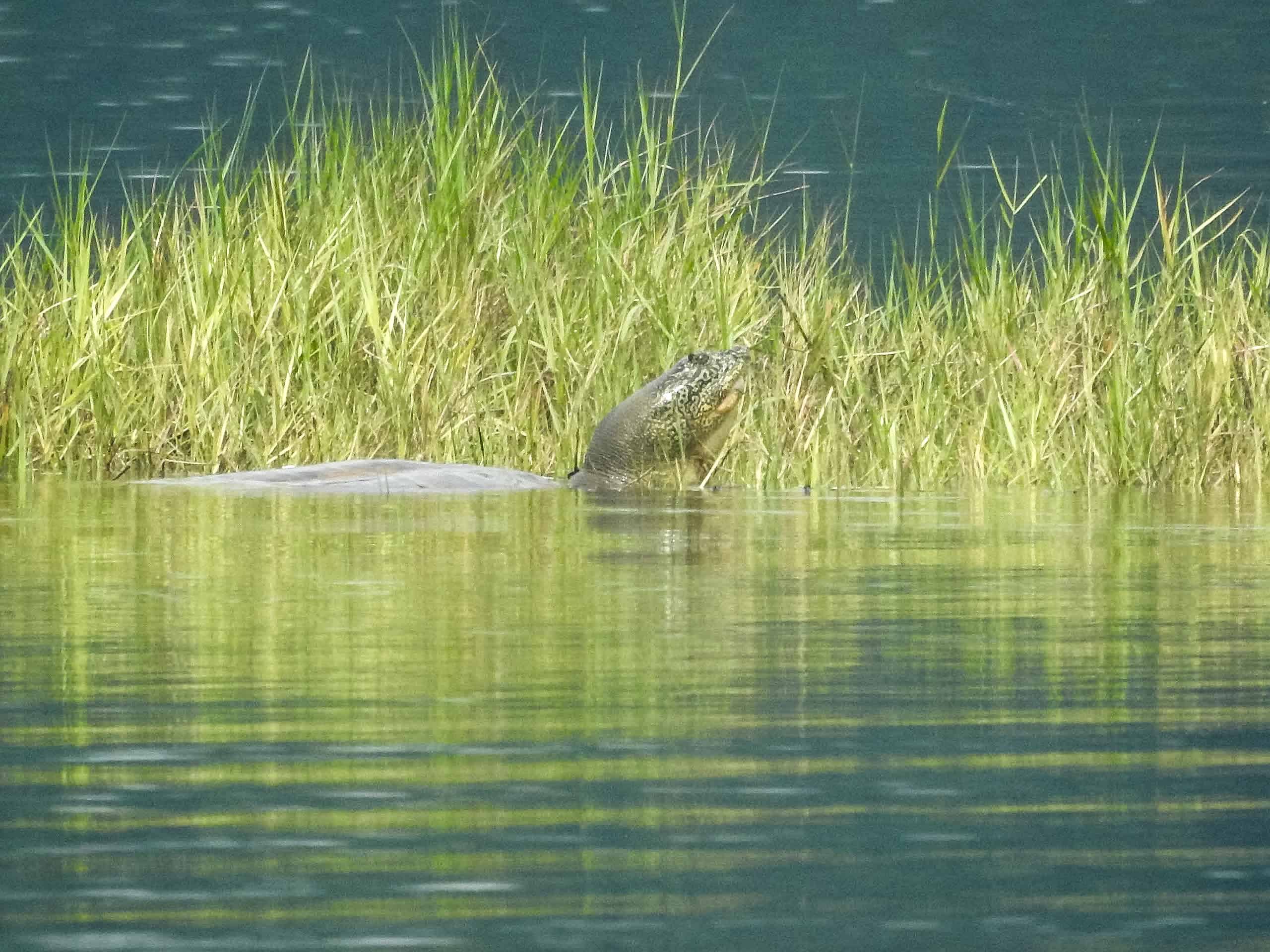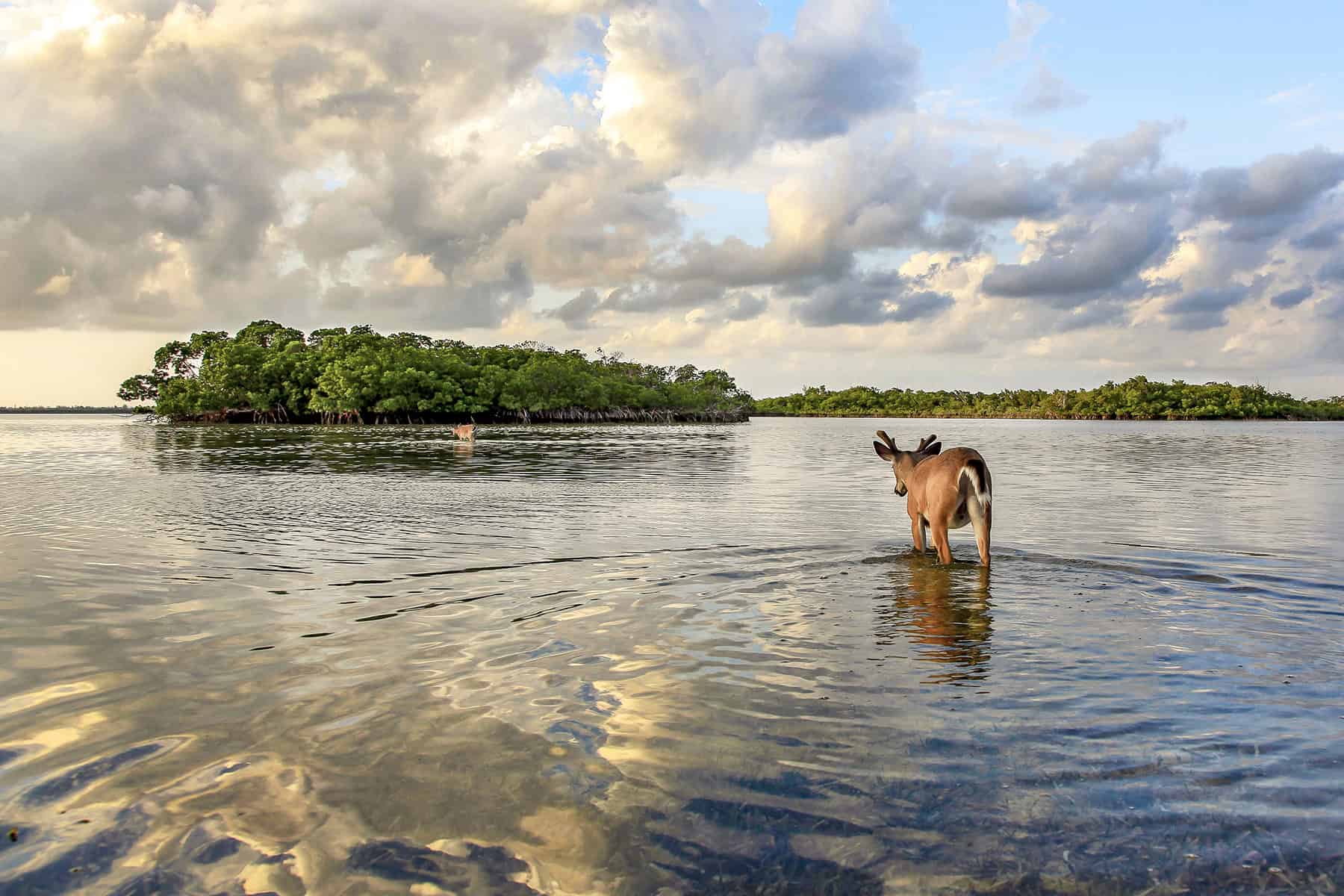Share this article
Genes reveal caribou are specialized to unique habitats
Caribou in northwestern Canada are often divided between two major groups. Barren ground caribou (Rangifer tarandus groenlandicus) make massive migrations across the continent. Woodland caribou (R.t. caribou) also travel, but not nearly at the same epic distances. These differences aren’t just in their behavior, researchers found—difference in habitat use is encoded in their genes.
For a study published recently in Conservation Biology, researchers collared 139 caribou in the Northwest Territories, Nunavut, and Yukon, to learn more about how genes might drive habitat selection. The researchers had already collected tissue samples from the collared caribou, so they could analyze the DNA of individuals from three ecotypes—woodland mountain caribou, woodland boreal caribou and barren ground caribou—and track their movements through different habitat types. But barren-ground and different subtypes of woodland caribou often interbreed where their ranges meet, confusing an easy ecological separation.
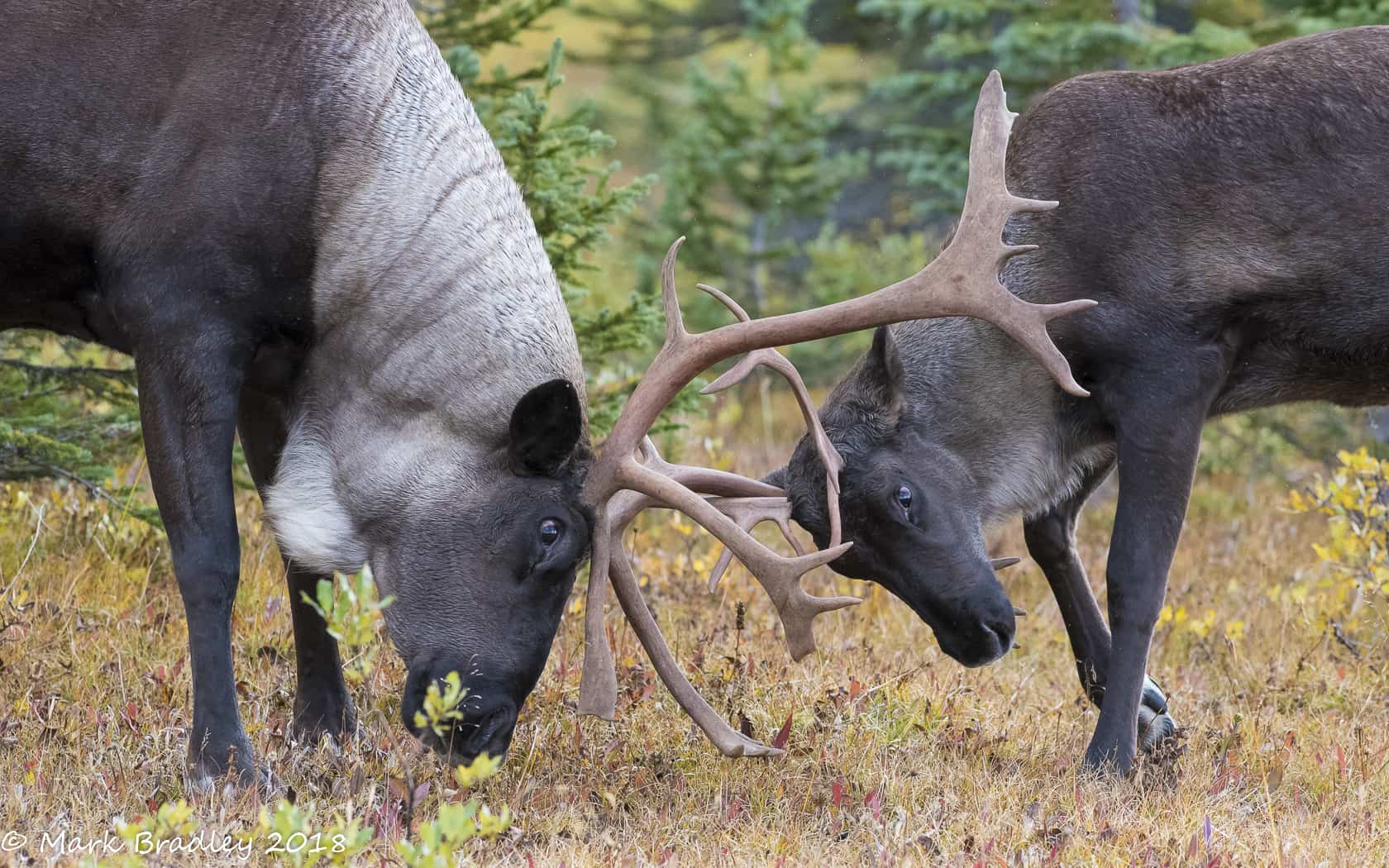
Caribou from different ecotypes can interbreed. Credit: Mark Bradley
“We had to deploy these collars, getting hundreds of thousands of GPS pings to understand where the species are, and what the habitat selection is like in these areas,” said Marco Musiani, a biology professor at the University of Calgary and the study’s senior author.
The analysis revealed that caribou that exploited specific habitats—whether for food or cover—shared certain genetic markers. “Habitat selection was correlated to genes, which reveals that caribou are habitat specialists,” Musiani said.
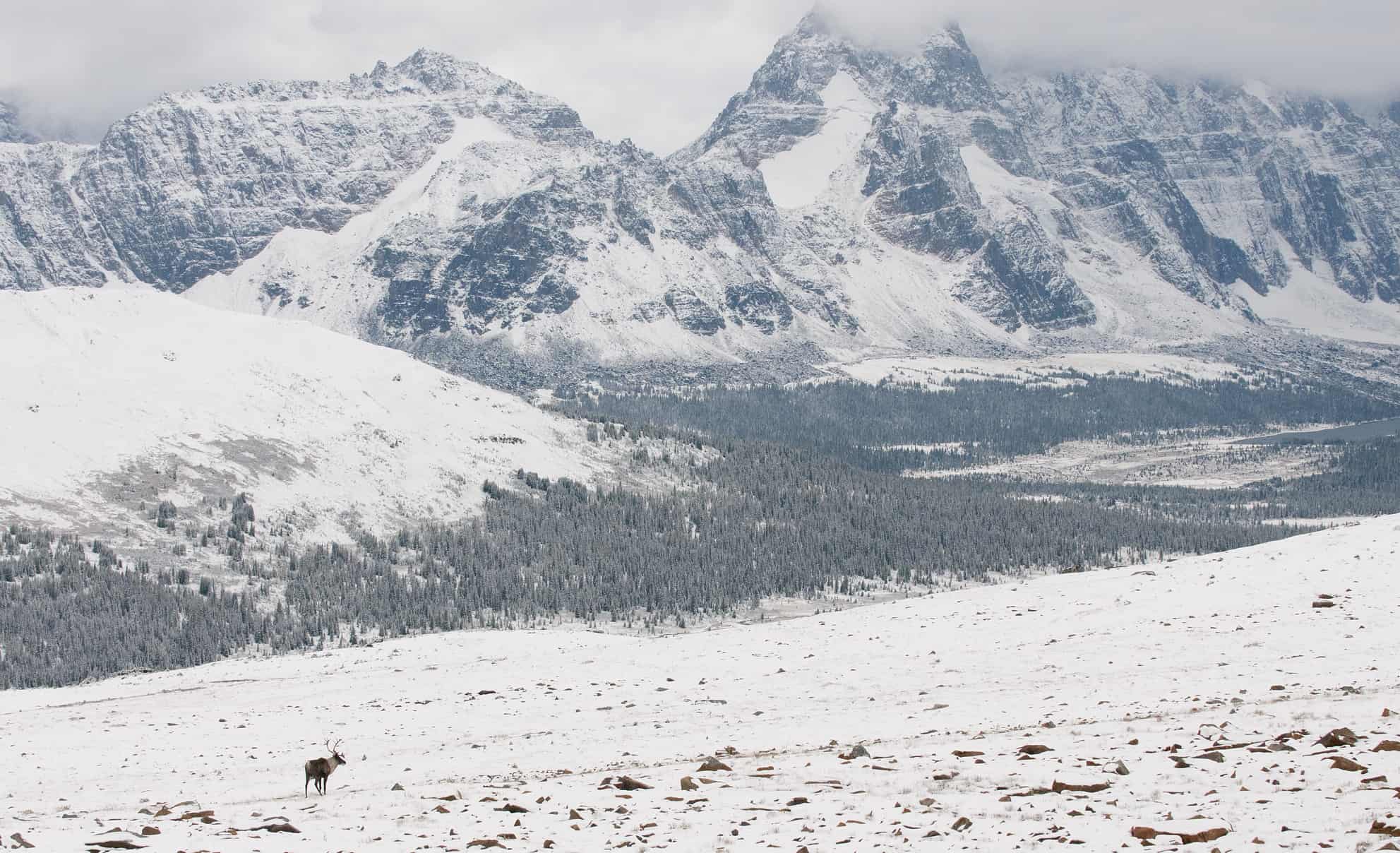
Climate change affects the habitat conditions caribou rely on more than the ungulates themselves. Credit: Mark Bradley
In some ways, these differences relate to the different caribou ecotypes, but it wasn’t always as clear cut as saying barren-ground caribou had different genes than woodland caribou. Sometimes the genes differed between individuals of the same herd. Yet even on this individual level, researchers found, the genes had mutations that matched with habitat selection, such as whether they spent more time in alpine areas or in lower elevation forests.
“In other words, it’s a highly specialized species,” Musiani said.
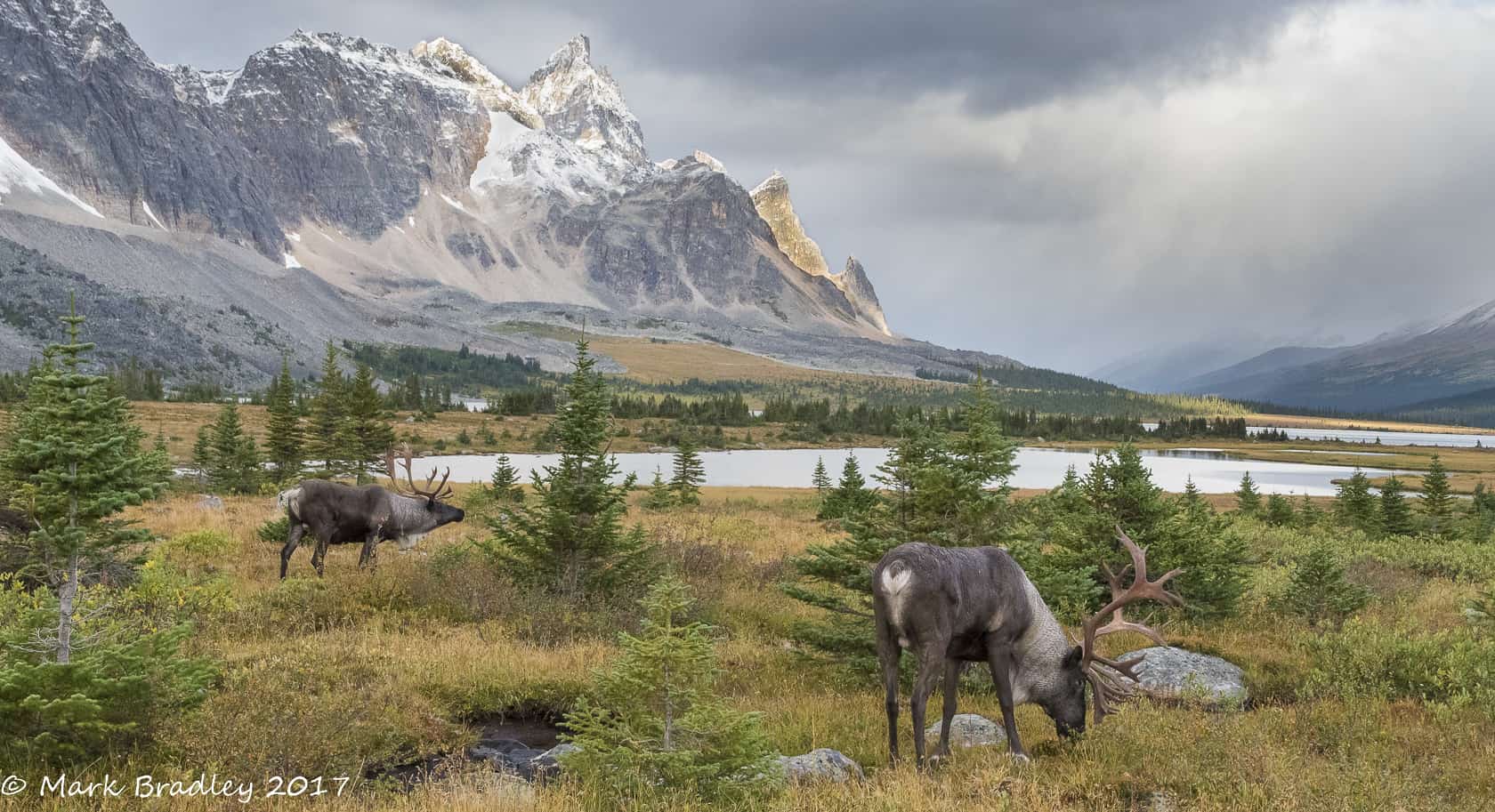
Some caribou select for lowland habitats while others prefer alpine areas. Credit: Mark Bradley
Individuals typically choose their habitat for life. They aren’t as flexible in their selection as species like elk (Cervus canadensis). Such specialization may limit their response as climate change alters the landscapes they rely on, Musiani said.
These findings have implications for future conservation actions. While wildlife managers may think that reintroduction or translocation could replenish extirpated populations in the future, the specialized genes of these animals may present obstacles to them adapting to the habitats in new regions. Instead, Musiani said, conservation efforts should focus on maintaining populations where they are.

Caribou are declining across northwestern Canada. Credit: Mark Bradley
Header Image: Caribou have highly specialized genes in northwestern Canada. Credit: Mark Bradley



